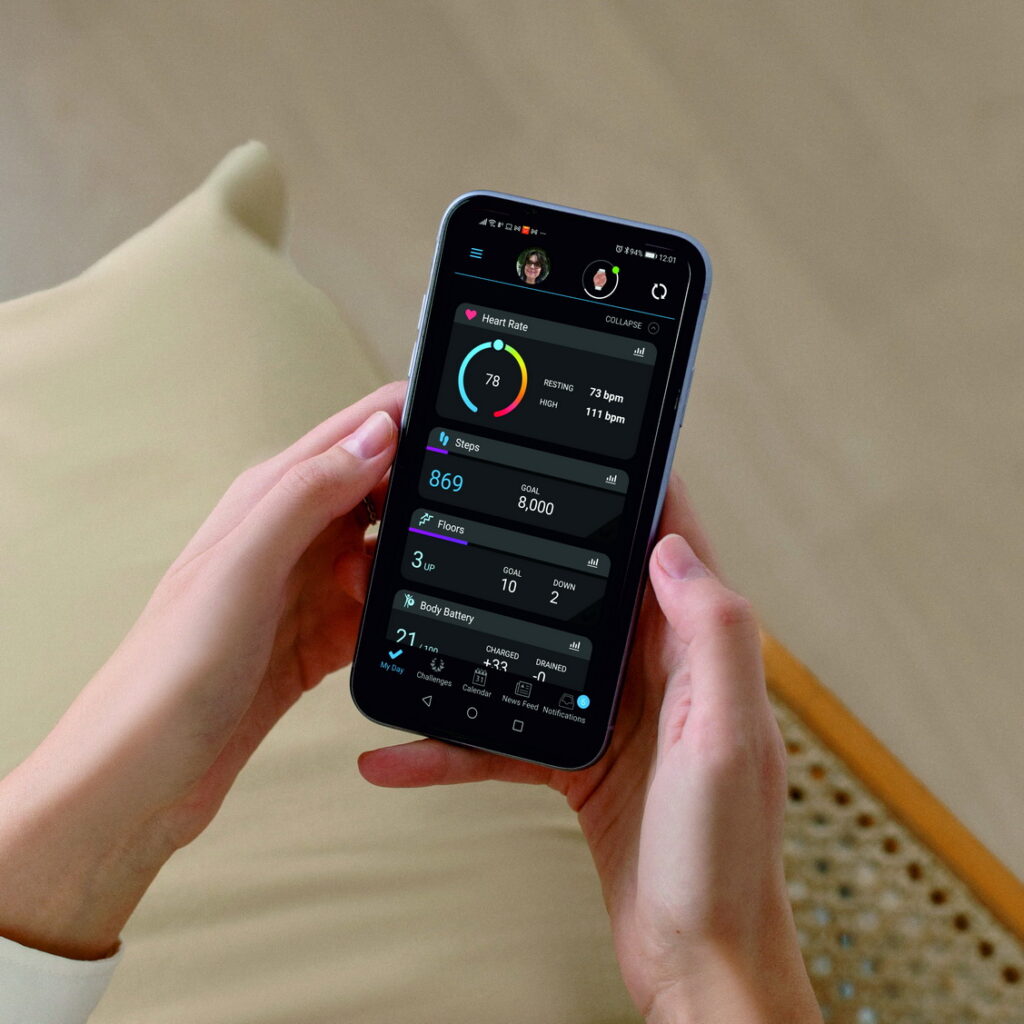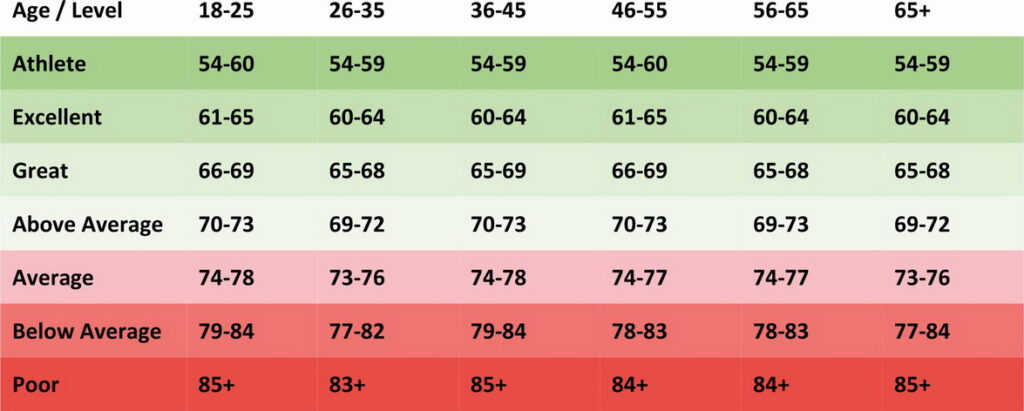If there was such a thing as an aging clock, we could predict the expected lifespan of each person based on individual parameters. We could also set targets for medical intervention to slow down or even reverse the aging clock. But does such a clock really exist?

If ask about your age, you will probably give the number of years since your birth. That number is your chronological age. When a 60-year-old says that his doctor thinks he is as fit as a 30-year-old, his chronological age is 60, while his biological age is 30. The biological age is the more accurate predictor of healthspan and lifespan.
In the past two decades, scientists have no longer viewed aging as a passive accumulation of damage, but as an actively regulated program. This understanding prompted them to explore the aging clock theory with a view to potential interventions affecting biological age.
The epigenetic clock
The epigenetic clock
Our DNA sequence remains largely stable throughout our life, but there are changes in how our body reads the DNA sequence. These changes are done through methylation, like “tags" on our DNA.
Using artificial intelligence and deep learning, scientists coupled the DNA methylation, which changes with age, with mathematical algorithms to estimate the age of a DNA source. This age, which is referred to as epigenetic age, is considered the most accurate estimator of biological age. More information about the epigenetic clock and companies working on this concept can be found in our dynamic report Supertrends in Anti-Aging.
Since 2017, companies have offered epigenetic testing directly to consumers. However, there are concerns over whether the tests have overstated their medical relevance and over the protection of sensitive private information. It may take some time for the epigenetic clock, as a new technology, to be optimized and developed.
Like many other industries, medicine and healthcare have become more personalized. Anti-aging is no exception. In the last decade, companies combining blood, DNA, and fitness data with computer algorithms have taken health tracking apps to a different level. These health apps can calculate your biological age, formulate your personalized nutrition, fitness, and lifestyle recommendations, and track your progress a few times a year. As we reveal more secrets about aging, these health apps will be more accurate in calculating biological ages and setting up health plans.

The at-home test
The at-home test
There are a few at-home tests for parameters such as resting heart rate, walking speed, push-ups, sitting-rising test, and hand-grip strength that have been proven to be reliable indicators of fitness level, life expectancy, and age-related diseases. One of the most studied is the relationship between resting heart rate and lifespan. A higher resting heart rate is correlated with a shorter lifespan, even in healthy people. The chart below can help you determine whether your resting rate is ideal in relation to your age.
Men

Women

Sources
- Horvath, S., Raj, K. 2018. DNA methylation-based biomarkers and the epigenetic clock theory of ageing. Nat Rev Genet 19, 371–384. https://doi.org/10.1038/s41576-018-0004-3
- Mortis J., Resting Heart Rate Chart, Ageless investing, https://agelessinvesting.com/what-is-a-good-resting-heart-rate/#0